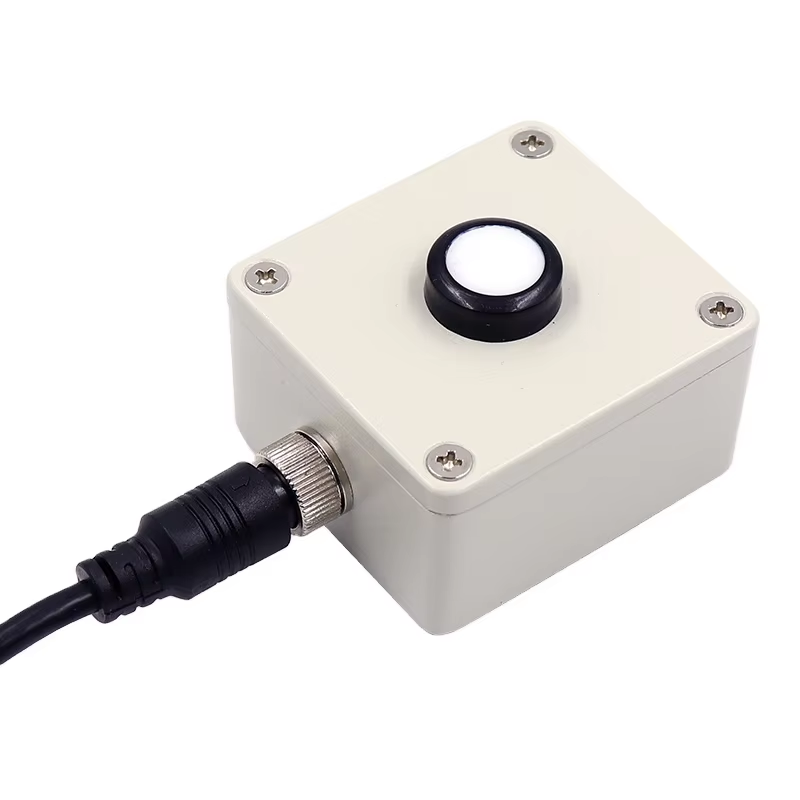In the global renewable energy is increasingly valued today, solar energy as a clean and renewable energy, is rising rapidly, becoming an important force to promote energy transformation in countries. Especially in solar power plants, how to improve the power generation efficiency of photovoltaic cells and reduce energy consumption is an urgent problem to be solved in the industry. In this process, the introduction of illumination sensors has become an important tool to improve the efficiency of solar power generation.
What is an illumination sensor?
An illuminance sensor is a device used to measure the intensity of light, usually measured in Lux. It can monitor the intensity of sunlight on the photovoltaic cell in real time and transmit the data to the monitoring system. This technology can not only be applied to solar power plants, but also widely used in lighting control of buildings, agricultural light monitoring and other fields.
Advantages of illumination sensors in solar power plants
1. Real-time monitoring to improve power generation efficiency
The illuminance sensor can effectively monitor the change of light intensity and feed back to the solar power system in real time. When the light intensity is reduced, the system can be adjusted immediately according to the data of the sensor, for example by changing the output of the inverter or adjusting the Angle of the battery, thereby maximizing the efficiency of photovoltaic power generation.
2. Optimize maintenance and operation
By using illuminance sensors, operations teams can monitor the performance of each PV module in real time, quickly identifying abnormal power generation. For example, if the light data of a photovoltaic panel is significantly lower than that of other components, it may mean that the plate is blocked or faulty. In this way, maintenance personnel can respond quickly to inspections and repairs, reducing downtime and financial losses.
3. Accurate data analysis
The illuminance sensor can not only provide real-time data, but also accumulate historical data of light intensity over a long period of time. This data can be used to analyze trends in light change and help develop and optimize power generation strategies. Combined with weather forecast information, power plants can arrange generation plans more scientifically and improve the overall operational efficiency.
4. Strong environmental adaptability
Modern illumination sensors mostly use advanced materials and technologies, which can work stably under different environmental conditions. This makes them suitable not only for changeable weather conditions, but also for various installation environments, thus ensuring the long-term stable operation of solar power plants.
Application case
In many successful solar power plant projects, the application of illumination sensors has greatly increased the power generation. For example, at a large photovoltaic plant in California, the installation of an illumination sensor increased the power generation efficiency by 15%. By monitoring the light situation in real time, the power station can more rationally regulate the battery pack and make full use of every day’s sunlight.
Conclusion
Illuminance sensors play an increasingly important role in solar power plants, promoting the progress and development of renewable energy. By monitoring light intensity in real time, these sensors not only improve power generation efficiency, but also optimize operational management, bringing a new technological revolution to the solar industry. With the continuous development of renewable energy, the illumination sensor will become an important standard for the future development of solar power plants. Choose high-quality illuminance sensors to power your solar system and usher in a new era of more efficient and smarter power generation!
Post time: Apr-03-2025


